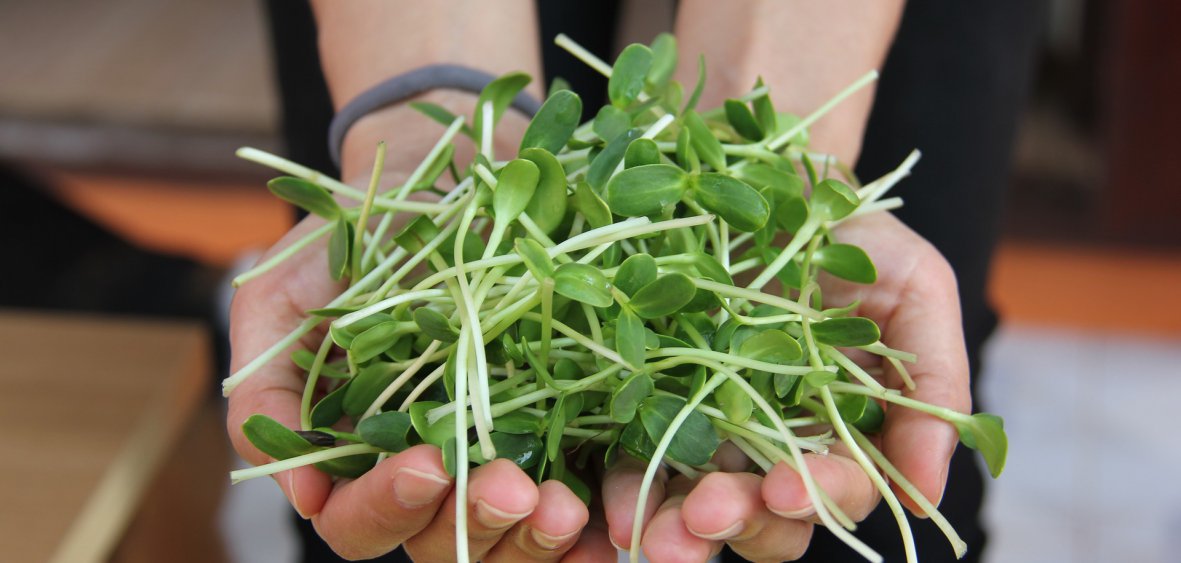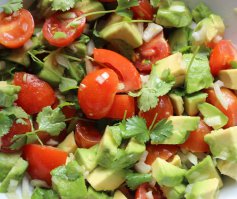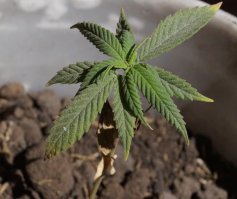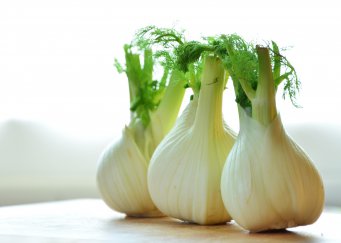 Sprouts should be the foundation of a diet during the spring solstice. If you still haven't woken up from winter sleep, your hair is dull and your complexion doesn't look good, there's no better remedy for your problems. Sprouts contain huge amounts of vitamins, microelements, dietary fiber and protein - all of which will help you return to the optimal form. In fact, we should eat them all year round. Their tradition goes back as far as 5,000 years, and their cradle is China, where they were considered to be a miracle medicine. No wonder - sprouts are the same health!
Sprouts should be the foundation of a diet during the spring solstice. If you still haven't woken up from winter sleep, your hair is dull and your complexion doesn't look good, there's no better remedy for your problems. Sprouts contain huge amounts of vitamins, microelements, dietary fiber and protein - all of which will help you return to the optimal form. In fact, we should eat them all year round. Their tradition goes back as far as 5,000 years, and their cradle is China, where they were considered to be a miracle medicine. No wonder - sprouts are the same health!
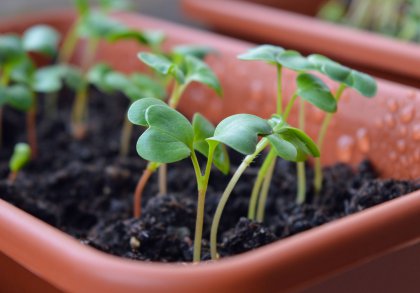
HEALTH BENEFITS
Plants collect microelements in their seeds and then pass them on to their children. Eating seeds, however, is not the same as eating sprouts, because the components of seeds are not fully absorbed by the human body. It is during germination that enzymes are secreted, which process nutrients in such a way that our body successfully absorbs and uses them. Simple sugars and amino acid proteins are produced from complex sugars. The number and quality of vitamins is also increasing.
The sprouts contain huge amounts of thick B vitamins and vitamin C. In the middle of a glass of alfalfa germ there is so much vitamin C, because in 6 glasses of orange juice! They also contain vitamins: D, E, K, PP, as well as iron, phosphorus, calcium, magnesium, potassium, zinc, iodine, copper, selenium, lithium, beta-carotene, omega-3 fatty acids and wholesome proteins. In addition, there is a lot of fibre in them and they do not cause bloating. They are not high-calorie either.
Sprouts provide excellent protection against free radicals, which are harmful to the human body. They inhibit their development and neutralize those that are absorbed from the environment. They reduce the amount of bad cholesterol, which directly contributes to the prevention of atherosclerosis and cardiovascular diseases. They have a positive influence on nail development and on the quality and quantity of hair, but also strengthen teeth and bones, help prevent caries and osteoporosis.
HOW DO I EAT THEM?
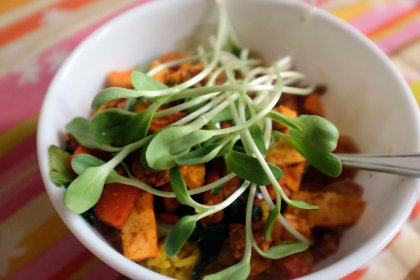 The frequency of eating sprouts should be as high as possible - ideally every day. It is recommended to eat them during illness, stress and fatigue, when our body is particularly exposed to bacteria and viruses. The taste of sprouts is quite specific, but it fits perfectly with salads, sandwiches, soups or even meat. You can even throw them into a frying pan with slightly hot fat, and then add them to potatoes, rice or pasta. They are a great alternative to parsley or chives.
The frequency of eating sprouts should be as high as possible - ideally every day. It is recommended to eat them during illness, stress and fatigue, when our body is particularly exposed to bacteria and viruses. The taste of sprouts is quite specific, but it fits perfectly with salads, sandwiches, soups or even meat. You can even throw them into a frying pan with slightly hot fat, and then add them to potatoes, rice or pasta. They are a great alternative to parsley or chives.
Some of them have a spicy taste, such as radish sprouts or cress, and then they are suitable for sausages, eggs, cottage cheese and any mayonnaise sauces. They complement each other well with chicory or lettuce with a little bit of nuts, figs or bananas. Sprouts of leguminous plants will harmonize with stewed vegetables and meat. If their specific bitterness does not suit you, burn them thoroughly before use in the kitchen.
GERM CULTURE
Germination of sprouts is extremely easy and we can do it at home, regardless of the conditions and resources of the wallet. Let's adhere to the following rules, and it will surely come out cheap, healthy and tasty.
Most seeds germinate, but let's get one from a healthy food store, because we can be sure that they are not sprayed with chemicals. During natural growth, some chemicals break down, but the germination process takes only a few days, so some of the bad micronutrients would go directly to our bodies.

The first step is to disguise the seeds, i.e. to remove the broken and discoloured seeds, because they negatively affect the germination process - they deregulate it and disturb it. Rinse all healthy seeds in lukewarm boiled water, then put them in a bowl and pour water (the proportion of cups of water to cups of seeds should be about 4 to 1). So left seeds should lie until the moment of swelling (4-12 hours) and it depends on the species we choose. Strain the swelling seeds from the water, rinse and wait for them to dry slightly.
THE TYPE OF PLANTATION
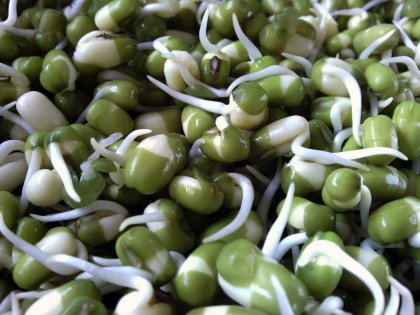
The first way is to plant a plantation on a sieve. Leave the seeds on a strainer, and then put a salad bowl with lukewarm water underneath. Remember not to pour too much water, because the grain cannot swim in it! We water this construction twice a day and rinse the seeds, changing the water at the same time.
The second method is lignin - place the soaked seeds on the moist lignin and sprinkle them several times a day (lignin cannot dry out).
The third way is the germinator, which consists of three transparent containers that have a grooved bottom. This system allows the grains to decompose (up to three different germ types can be grown). In addition, the germinator also has a water tank, cover, and traps that drain excess water. The plantation is sprinkled as usual, several times a day.
We must ensure that our sprouts have a temperature of between 18 and 21 degrees Celsius and put them in the shade. Cover the seeds with gauze or linen cloth and after about 5 days they should be ready. Rinse and drain before eating. In order to ensure the best quality and taste of sprouts, let's buy only sprouts stored in a cold store.

